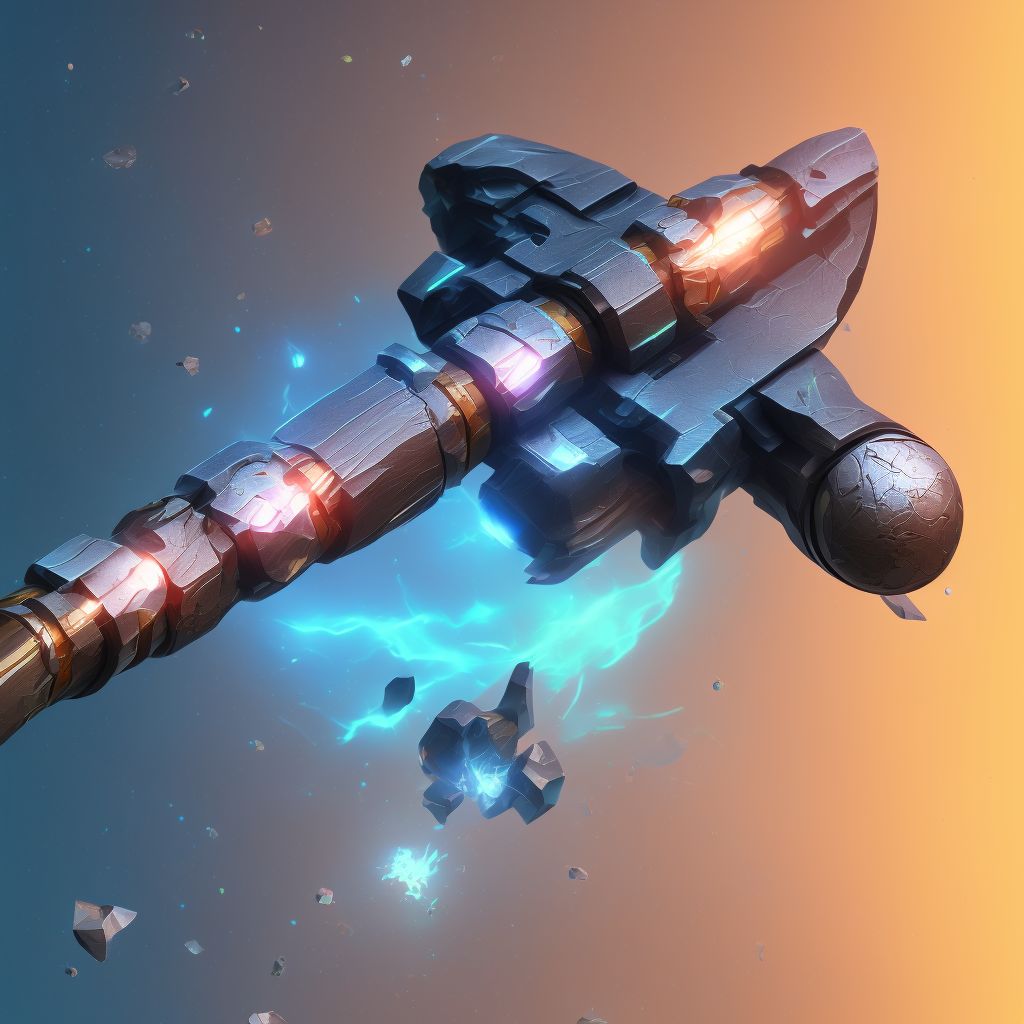
Nondisplaced oblique fracture of shaft of left fibula, subsequent encounter for open fracture type I or II with delayed healing Save
ICD-10 code: S82.435H
Disease category: S82.435: Nondisplaced oblique fracture of shaft of left fibula
Nondisplaced Oblique Fracture of Shaft of Left Fibula: Understanding Open Fracture Types I and II with Delayed Healing
When it comes to leg injuries, fractures are a common occurrence. One particular type, known as a nondisplaced oblique fracture of the shaft of the left fibula, can lead to complications if not treated promptly. In some cases, these fractures may even result in delayed healing, which requires subsequent medical attention. This article aims to shed light on the nature of this injury and the types of open fractures associated with it.
An oblique fracture occurs when the bone breaks at an angle, rather than a straight line. In the case of the left fibula shaft, this refers to a fracture that runs diagonally across the bone. However, a nondisplaced fracture implies that the bone fragments remain aligned, which can be a positive factor for healing.
Open fractures are particularly concerning as they involve a break in the skin, increasing the risk of infection. In the context of a nondisplaced oblique fracture of the left fibula shaft, open fractures can be categorized into two types: type I and type II. Type I open fractures are characterized by a small wound, usually less than 1 cm in length, while type II open fractures have a larger wound, exceeding 1 cm in length.
Delayed healing is a complication that can occur with open fractures, particularly if the injury is not promptly treated. In such cases, subsequent medical encounters become necessary to address the delayed healing process. These encounters focus on monitoring the injury, providing appropriate care, and ensuring the healing process progresses in the desired direction.
- Understanding the nature of the fracture
- Identifying open fracture types I and II
- Recognizing the potential for delayed healing
- Subsequent encounters for effective management
In conclusion, a nondisplaced oblique fracture of the shaft of the left fibula can lead to complications such as delayed healing, especially in the case of open fractures. It is crucial to seek appropriate medical attention promptly to manage these injuries effectively. Stay tuned for our upcoming articles on the treatment options for this type of fracture.
Treatment of Nondisplaced oblique fracture of shaft of left fibula, subsequent encounter for open fracture type I or II with delayed healing:
Treatment Options for Nondisplaced Oblique Fracture of Shaft of Left Fibula, Subsequent Encounter for Open Fracture Type I or II with Delayed Healing
Dealing with a fracture can be a challenging experience, but with the right treatment options, you can ensure a smooth recovery. In the case of a nondisplaced oblique fracture of the shaft of the left fibula, subsequent encounter for ...
To see full information about treatment please Sign up or Log in